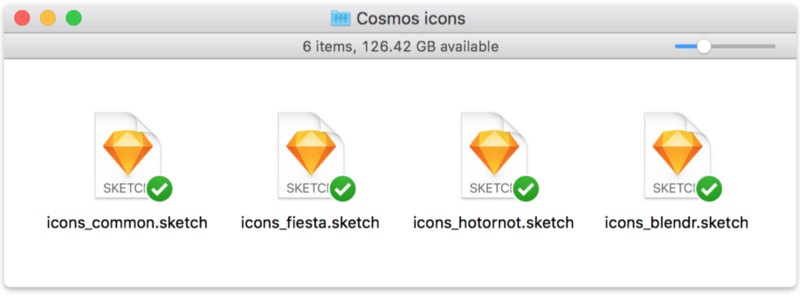Intro
Every Linux professional write scripts. Someеimes light, linear. Sometimes complex script with functions and libs(yes, you can write your bash-library for use in other scripts).
But some of the scripts need a configuration file to work. For instance, I wrote a script that builds the ubuntu image for pxe, and I need to change the build process without build-script changes. The best way to resolve this task is to add configuration files.







